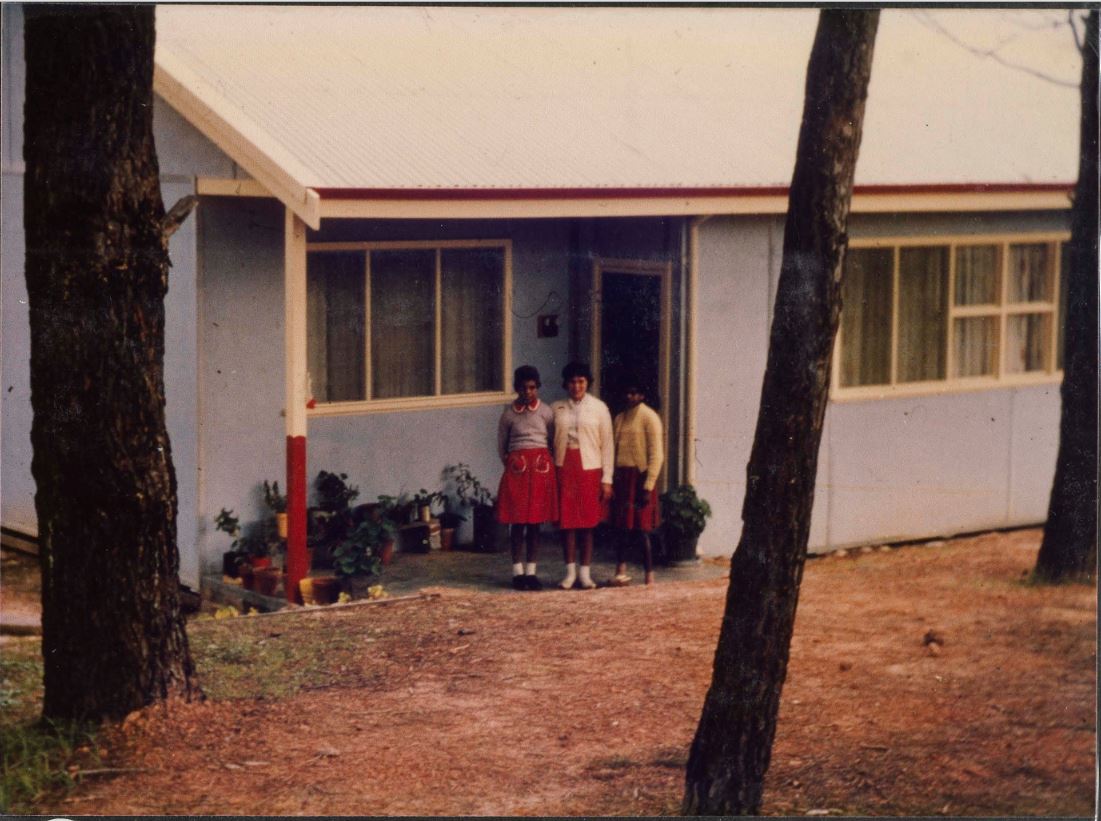
The Sisters of the Church (also known as Kilburn Sisters) were an Anglican religious order of women who arrived in Perth, from England, in 1901. They established Tower House in 1901; Perth College in 1902; the Waifs’ Home, Parkerville in 1903; Girls’ High School, Kalgoorlie in 1903; and the Malcolm Street Receiving Home in 1907….

The Mogumber Training Centre was an administrative unit in the Methodist, and then Uniting Church. It ran a number of ‘cottages’ and programs that had been run from Mogumber before the facility at Moore River closed in 1974. The Mogumber Training Centre became part of Sister Kate’s Child and Family Care Services in 1980. The…
The Chief Secretary’s Department of Western Australia was the new title given on 16 April 1924 to the Colonial Secretary’s Office. It was responsible for a number of varied functions including Harbour and Lights, Gaols, Registrar General of Births, Deaths and Marriages, Astronomical Services and Racing. By 1980, the Department’s responsibilities were limited to Prisons,…
The Australian Aborigines’ Mission dates back to around 1894, in New South Wales. It was originally known as the La Perouse Aborigines’ Christian Endeavour Society, established in June 1894. The interdenominational Christian society was active in the Sydney beachside area of La Perouse, establishing a mission to work with the Aboriginal people, and opening its…
The Children’s Protection Society (the Society) was established in Perth in 1906 as the extent of ‘child cruelty and neglect’ became more visible to the public. At a time when neglected children were seen as criminals, the Society showed that children were victims. It was a volunteer service aimed mainly at ensuring that illegitimate children…
The Metropolitan Charities Appeal Association was formed on 3 January 1918 at the instigation of the Ugly Men’s Association to avoid ‘the necessity for a score or more appeals for charities during the year’. It possibly was disbanded after July 1918.
St Margaret’s Hostel for ‘unmarried mothers and their babies’ was run by the Sisters of Mercy from 1918 as an extension of St Vincent’s Foundling Home in Subiaco. It is probable that babies from St Margaret’s were adopted, fostered or lived at St Vincent’s Foundling Home until they were old enough to be moved to…
The Committee to Consider the Capitation Grant for Orphanages of the Legislative Council in Western Australia was appointed by the Governor in 1884. Its aim to was to find out if the amount paid to Orphanages for each child should be increased. This involved asking Orphanages how much it cost to ‘care’ for children and…
Princess Margaret Hospital for Children (PMH) was established in 1909 in Subiaco as the Perth Children’s Hospital. It was common for children who were in out of home ‘care’ to be sent there for medical treatment, and children with intellectual disabilities or serious medical conditions sometimes lived at the hospital. On 10 June 2018 the…
A Task Force on Child Sexual Abuse was established by the Premier of Western Australia in June 1986 and delivered its final report in December 1987. The Task Force was chaired by Dr Carmen Lawrence and membership included senior officers from relevant public agencies and a representative of the Incest Survivors Association. The Task Force…